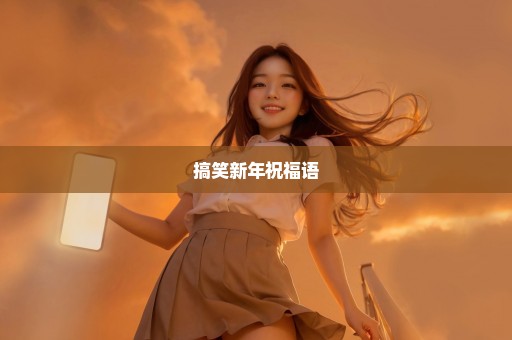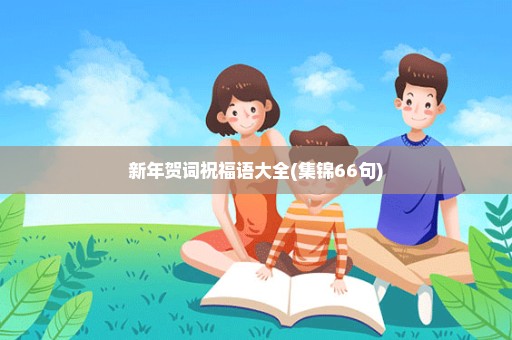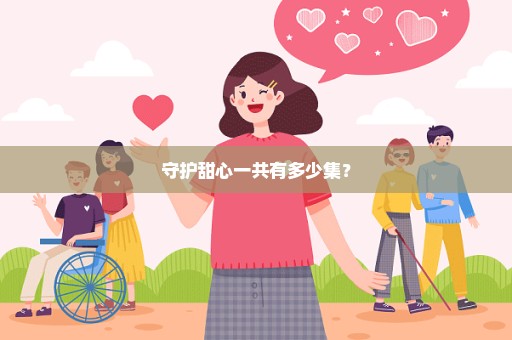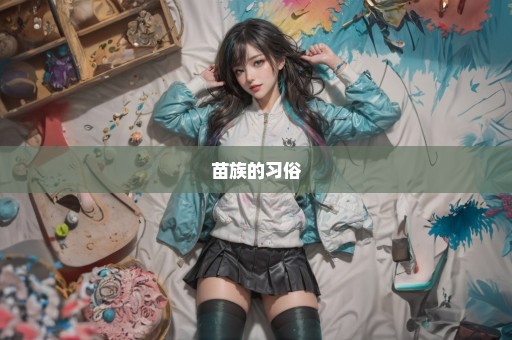春节英语祝福
春节祝福英文参考如下:
new years greetings and best wishes!
致新年贺忱与最美好的祝福!
to wish you special joy at the holidays and all year.
祝你在节日和新的一年中享有无限的快乐。
much joy to you in the upcoming year.
愿您在新的一年充满快乐。
wishing you and your family a very happy new year.
祝福您及全家新年快乐。
春节简介英文版范文
春节,即中国农历新年,俗称新春、新岁、岁旦等,口头上又称过年、过大年。以下是我整理的春节简介英文版范文,希望对大家有所帮助。
英文介绍春节
The term "pass year" is used for the Spring Festival (Chinese New Year). The word "Year" inChinese characters used to mean a horrible beast. To combat the beast, the Chinese hang "good luck" wishes on red paper on the door and use fireworks in the belief that the beast fears red and fire. This tradition in many ways resemblethe Western belief of using garlic and crosses to fight vampires.
中文中“过年”这个词组用以表示对春节(中国新年)的庆祝。“年”这个字在中文里
是一种恐怖的怪兽。因为“年”害怕红色和火,所以中国人会在门上悬挂“春联”写上美好 祝福,并放鞭炮来赶跑它。这个传统有点类似西方人用大蒜和十字架吓跑吸血鬼的传统。
The Chinese zodiac features 12 animals in the sequence of Rat, Ox, Tiger, Rabbit, Dragon, Snake, Horse, Sheep, Monkey, Rooster, Dog, and Pig. This year is the year of Sheep. Each animal represents a different "personality". According to legend, people held a conference with all the animals, informing them that they would pick the 12 to represent the zodiac. However, in spite of being fast, the cat was not picked as its then-close friend, the rat, did not wake it. This action sparked off a rivalrythat continues till this day.
中国的十二生肖代表了十二种动物,他们的顺序是:鼠、牛、兔、龙、蛇、马、羊、猴、 鸡、狗和猪。今年是羊年。每一种动物有他们自己的.“性格”。根据传说,人们当初和动物 们开了一个会,最先到会的动物们就可以进入十二生肖。而身为猫最好的朋友,老鼠却没有 把猫叫醒去开会。因此,它们之间的战争一直持续到今天。
Chinese Spring Festival celebrating the end of winter and the warmth of spring. It began in the last day of the lunar year, end in the 15th day of lunar New Year, also is the Lantern Festival. The Spring Festival is the most important festival in China.
During the Spring Festival, People usually use red lantern and decorate the doors and windows with red papercuts.becouse red means good luck.People usually clean house too.becouse they want to sweep away bad luck, put on all kinds of colored clothes, often visit friends and relatives or together eat dumplings, fish, meat and other delicious food. The children are looking forward to receiving red envelope money, and together they play each other the fireworks, with happy. Street with dragon and lion dance and some other carnival activities.
中国的春节庆祝冬天的结束和温暖春天的来临。它开始于农历年的最后一天,结束于农历正月十五,也就是元宵节。在中国春节时非常重要的一个节日。在春节期间,人们用红灯笼和春联装饰房子,因为红色意味着好运,人们通常会大扫除,扫去一年的霉运,迎来新一年的好运。穿上各式各样的彩色衣服,经常拜访亲戚朋友或聚在一起吃饺子、鱼、肉和其他美味的食物。孩子们盼望着收到红包的压岁钱,他们一起放烟花,相互玩的跟开心。大街上有舞龙、舞狮和其他一些狂欢活动。
介绍春节的英语演讲稿
Today , my partner and I will compare Spring Festival with Christmas in three aspects.
1、Origin and Legend
2、Customs
3、Decoration
As we know, Spring Festival is the grandest and the most important annual event for Chinese people, but nowadays a few people concern the origin and story behind the holiday. So first of all, I want to introduce the origin and legend of Spring Festival to you.
(1)Origin and Legend
Origin
The origin of the festival can be traced back to the worshiping activitiesin the Shang Dynasty (17th century BC - 1046 BC).People attributed their food, clothes and harvest to the god and ancestor’s will, so they held sacrifice ceremonies to pray for blessing and peace at the end of each year.
The date for the ceremony wasn’t fixed till the Han Dynasty (202 BC - 220 AD), when Emperor Wudi commanded to use the lunar calendar. There was a big festival fair launched by the government, and civil people also gathered for celebration. New custom activities also arose, such as burning the bamboo (setting off fireworks nowadays), hanging peach boards (pasting Spring Couplets nowadays) and staying up at night.
Chinese New Year Story - Legend of Monster Nian
Many existing customs and activities of the festival actually can be traced back to a popular story of the Monster Nian, which helps to explain why and how the festival is celebrated.
in ancient time, there was a ferocious monster named “Nian” with sharp teeth and horns. Secluding itself in the dark sea for a long time, the beast would go onshore by the end of the lunar year and hunt people and livestock.However, the monster was afraid of red color and loud sound, Hence, on every New Year's Eve, people would paste red spring couplets, light candles and burn bamboos (set off firework) to ward off all the evil spirits. The entire village and town were ablaze with lights, and people would stay up to welcome the New Year.
(2)Customs
1 New Year’s Eve Dinner
Having reunion dinners is one of the most important customs of Spring Festival.
Chinese Dumplings: The Chinese dumpling now enjoys worldwide popularity. Its history can be traced back to South and North Dynasty (420 –589). This kind of tradition has a meaning of changing of years, because “jiao” has the meaning of changing. In some places, people even put a clean coin into the dumplings, because they think the one who eats the coin will become wealthier.
Fish:In China, there is a blessing speech as ‘NianNian You Yu’, which means ‘May you have surpluses and bountiful harvests every year.’In southern China, some people just eat the middle part of the fish on the New Year Eve, leaving the head and tail to the next day to symbolize completeness.
Spring Rolls: It was first eaten on fourth day of February in Eastern Jin Dynasty (317 – 420). Fresh vegetables or ingredients in spring time are wrapped inside and people eat it to welcome a new spring. Now it has also become a dessert in some places in the reunion dinner, which contain people’s wish to welcome a new start. Hot Pot: Hot pot is a necessary dish in some places in the country. Eating hot pot makes people feel warm and the atmosphere is very kind. The red color indicates that the following year is booming.
Rice Dumplings: Since the Song Dynasty (960 – 1279), people have had the custom of eating Yuanxiao during the Lantern Festival.In south part of the country, the rice dumplings are called Tangyuan in Chinese. The making process is similar with that of the traditional dumplings.But in north part of the country, the rice dumplings are called Yuanxiao, and are made by wrapping glutinous rice flour onto stuffing.
2 Firecrackers and Fireworks
People will set off firecrackers in the early morning of New Year’s Day. Once they wake up, it is the first thing they do. People wish to welcome the good luck inside when they open their doors in the morning.Fireworks are also set off in the evening of Lantern Festival.
3 CCTV New Year's Gala
This is a comprehensive art and performance event on the festival's eve.Performances include basic elements such as skits, cross talk (Xiangsheng), songs and dances.The performance always ends with the song “Cannot
Forget Tonight”.
4 Red Envelope
Red envelope, also known as lucky money, is prepared for children by adults and the elderly and given after the reunion dinner. In folk culture, the children will live safe and sound for the whole year if they get lucky money.Wechat Red Envelope has also become popular in recent years. During the Spring Festival, young people are inclined to send Wechat envelopes to each other as a way of greeting. It is fast and convenient way to contact with friends from afar.
5 Visting Friends and Relatives
People drop in at relatives and friends' houses, greeting one another with 'Happy New Year'.In ancient times younger people had to salute the elderly by kowtowing; today they salute them by offering good wishes. 6 Spring Couplets
On the New Year’s Eve, all the door panels will be pasted with the Spring Couplets, highlighting Chinese calligraphy with characters on red paper in black or gold ink, giving an atmosphere of rejoicing and festivity. 上联:迎新春江山锦绣 [yíng xīn chūn jiāng shān jǐn xiù]
下联:辞旧岁事泰辉煌 [cíjiùsuìshì tàihuīhuáng]
横批:春意盎然 [chūn yìàng rán]
Upper Scroll: Ring in the spring; landscape is splendid
Lower Scroll: Ring out the past; everything is glorious
Horizontal Scroll: A Refreshed Spring
上联:迎新春事事如意 [yíng xīn chūn shìshì rú yì]
下联:接鸿福步步高升 [jiē hóng fú bù bù gāo shēng]
横批:好事临门 [hǎo shì lín mén]
Upper Scroll: Everything goes well as you expect
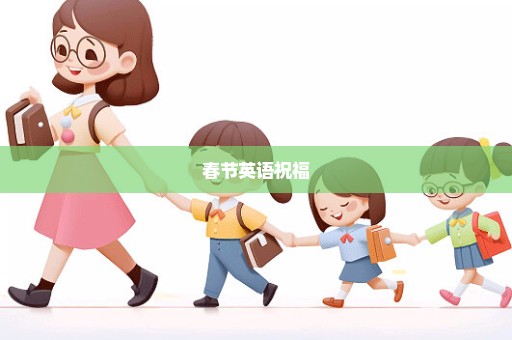
Lower Scroll: Career rises steadily as you want
Horizontal Scroll: Luck Knocks on the Door
上联:事事如意大吉祥 [shìshì rú yì dà jí xiáng]
下联:家家顺心永安康 [jiājiāshùn xīn yǒng ān kāng]
横批:四季兴隆 [sì jì xīng lóng]
Upper Scroll: May you have good luck in everything
Lower Scroll: May you feel content and your family healty
Horizontal Scroll: Flourishing in Four Seasons
(3)Decoration
1、Pasting the “Fu”
The character “Fu”, meaning good fortune or happiness, is used to express people’s good wishes and yearning for the future, so people usually paste it gates or some furniture in the house during the Chinese New Year. Pasting the “Fu” upside down, meaning the arrival of happiness or good fortune, is a widely accepted and popular custom among Chinese people.
2、Paper-Cuts
Auspicious words or pictures are cut on red paper and pasted on windows to express good wishes for the future during the happy event.
3、New Year Pictures
They originated in Tang Dynasty (618 - 907) with simple patterns to drive away evil. Now they are a kind of decoration for the festival. New meanings and patterns such as conventions, women and babies have been added to the old pictures.
;鹏仔微信 15129739599 鹏仔QQ344225443 鹏仔前端 pjxi.com 共享博客 sharedbk.com
图片声明:本站部分配图来自网络。本站只作为美观性配图使用,无任何非法侵犯第三方意图,一切解释权归图片著作权方,本站不承担任何责任。如有恶意碰瓷者,必当奉陪到底严惩不贷!
 百科狗
百科狗